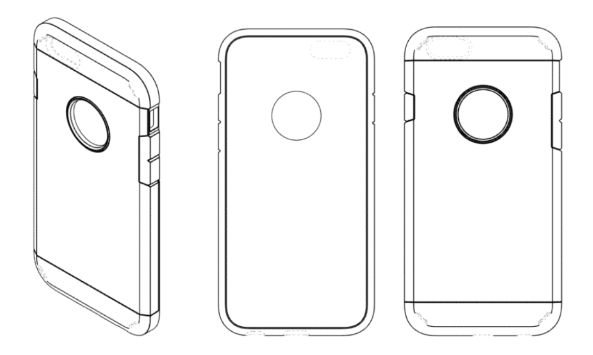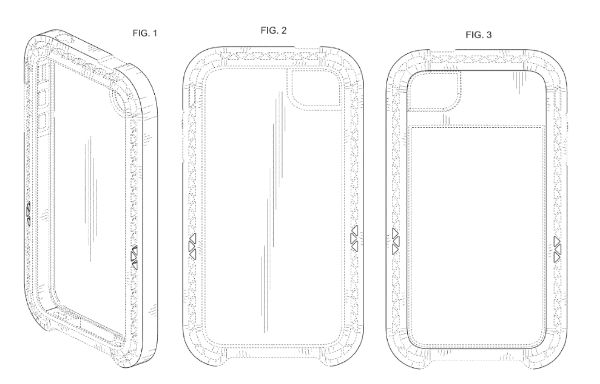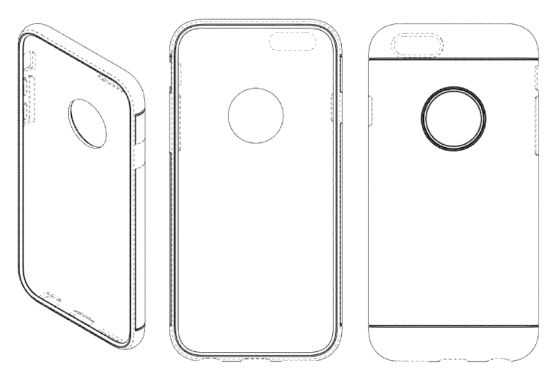In Spigen Korea Co., Ltd. v. Ultraproof Inc., No. 19-1435 (Fed. Cir. April 17, 2020), the Federal Circuit reversed the district court's grant of summary judgment of invalidity due to obviousness of three design patents owned by Spigen.
Spigen's U.S. Design Patent No. D771,607
Spigen brought suit against Ultraproof in the Central District of California for infringing three of its design patents directed to a case for a cellular phone. Ultraproof filed a motion for summary judgment of invalidity arguing that Spigen's design patents were obvious in view of a primary reference, U.S. Design Patent No. D729,218, and a secondary reference, U.S. Design Patent No. D772,209. The district court granted summary judgment of invalidity finding that the patents were obvious over the '218 patent and the '209 patent.
U.S. Design Patent No. D729,218 (alleged primary reference)
U.S. Design Patent No. D772,209 (alleged secondary reference)
Reviewing the summary judgment determination de novo, the Federal Circuit held that there was a genuine dispute of material fact as to whether the '218 patent was a proper primary reference. The Federal Circuit found that based on the record before the district court, a reasonable factfinder could have concluded that the '218 patent and the Spigen patents did not create "basically the same" visual impression, the standard for a primary reference determination. In so finding, the Federal Circuit rejected Ultraproof's argument that the differences between the '218 patent and the Spigen patents were merely "differences of degree, not characteristic" and thus were irrelevant to the "basically the same" inquiry.
Originally Published 21 April, 2020
The content of this article is intended to provide a general guide to the subject matter. Specialist advice should be sought about your specific circumstances.





